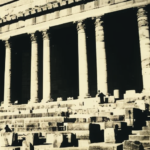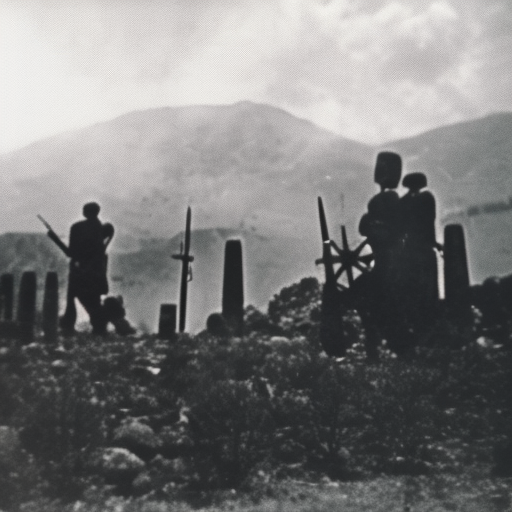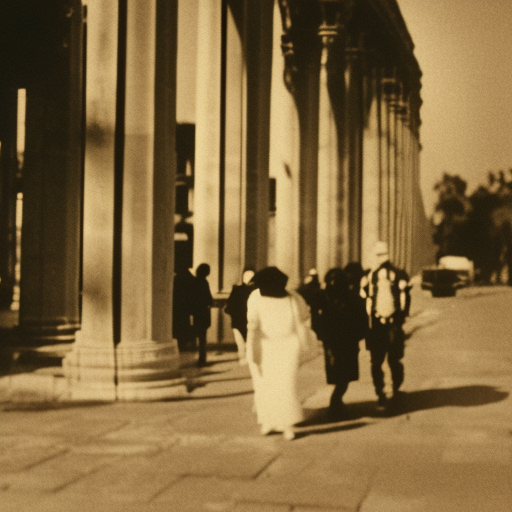The Founding of the Roman Republic (509 BC)
The founding of the Roman Republic in 509 BC marked a significant turning point in Roman history. After centuries of rule by kings, the Romans established a new form of government that would shape the destiny of the city-state and eventually the entire Mediterranean world.
Background
Prior to the founding of the Republic, Rome was ruled by a series of seven kings. The last king, Tarquin the Proud, was overthrown in 509 BC following a series of tyrannical actions. This event, known as the expulsion of the kings, led to the establishment of a new political system based on the principles of shared power and representation.
The Senate
At the heart of the Roman Republic was the Senate, a council of elders who advised and influenced the decisions of the magistrates. The Senate consisted of 300 members, initially drawn from the patrician class, the aristocratic elite of Roman society. Over time, plebeians, the common people, gained the right to serve in the Senate as well.
The Consuls
The executive branch of the Roman Republic was led by two consuls, elected annually by the citizens. The consuls held significant power and were responsible for leading the Roman army, administering justice, and presiding over the Senate. They were also tasked with ensuring the balance of power and preventing any one individual from becoming too powerful.
The Assemblies
The Roman Republic also featured several assemblies where citizens could participate in the political process. The most important of these was the Centuriate Assembly, which was organized based on wealth and military service. The Centuriate Assembly elected the consuls and passed laws, making it a crucial institution in the Roman Republic.
The Twelve Tables
One of the most significant achievements of the early Roman Republic was the creation of the Twelve Tables, a written code of laws. The Twelve Tables ensured that all citizens were subject to the same laws and provided a foundation for the Roman legal system. This codification of laws helped to establish a sense of order and fairness within Roman society.
Expansion and Conflict
As the Roman Republic grew in power and influence, it faced numerous challenges and conflicts. The Republic engaged in a series of wars known as the Roman conquest of Italy, which resulted in the incorporation of various Italian cities and peoples into the Roman state. The Republic also clashed with other powers in the Mediterranean, most notably Carthage during the Punic Wars.
The Fall of the Republic
Despite its many accomplishments, the Roman Republic eventually succumbed to internal strife and political instability. The rise of powerful individuals, such as Julius Caesar, led to the erosion of the Republic’s institutions and the concentration of power in the hands of a few. In 27 BC, Caesar’s adopted heir, Octavian, became the first Roman emperor, marking the end of the Roman Republic and the beginning of the Roman Empire.
In conclusion, the founding of the Roman Republic in 509 BC was a pivotal moment in Roman history. The establishment of a new form of government based on shared power and representation laid the groundwork for the development of Roman political institutions. The Republic’s system of government, with its Senate, consuls, and assemblies, provided a framework for decision-making and governance that lasted for centuries. Although the Republic eventually gave way to the Roman Empire, its legacy continued to shape the course of Western civilization.












